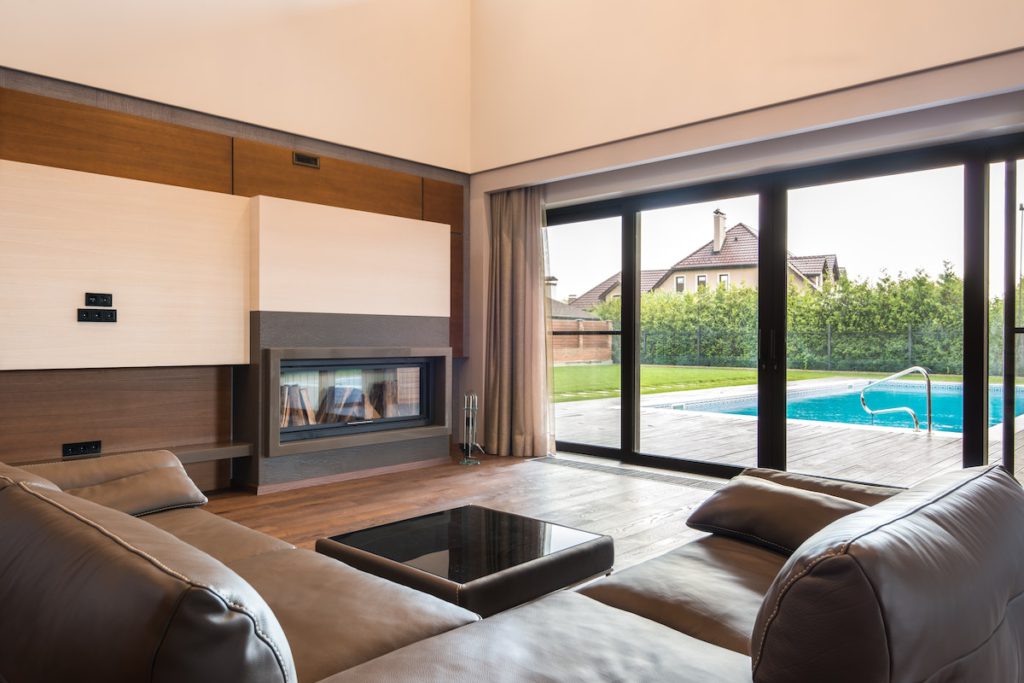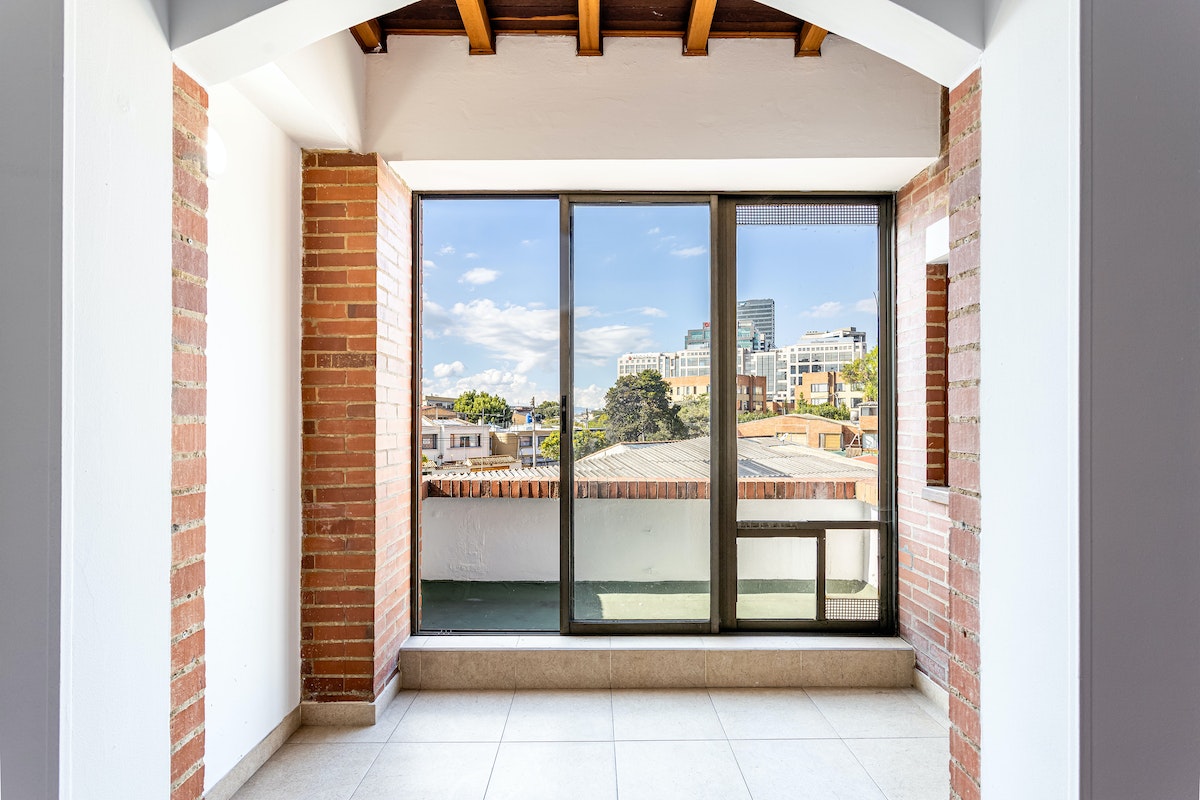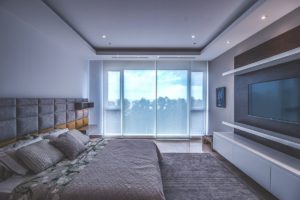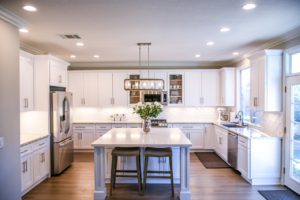How to Overcome Difficulties While Fitting Sliding Door?

We will walk you through some of the more common sliding door problems with an easy fix that you can try to do yourself. Since sliding doors are an essential part of the design of your home, you want to ensure that they are working securely and correctly – here are fixes to the six most common problems.
Sometimes sliding door fittings are so hard that it proves difficult to close or open, even when you have cleaned out the tracks and have a whole working system. A tracking issue typically results in a sliding door’s inability to open or close. If the entire door is not closing correctly, and the lower rollers or tracks are not causing it, the catch may be to blame.
Built-in dust and debris could clog the tracks and affect the smooth movement of the entire door. Dirt, damage, or alignment errors on any one of these components may inhibit smooth sliding operation in your gliding door. In addition, the tracks on your sliding glass doors may collect dirt and debris over time, which may interfere with rollers and make it harder for your entries to slide.
Rollers are little wheels attached at the outer corners of your sliding glass door that are guided on metal tracks at the bottom or top of your door’s jamb. Make sure that the rollers on top are lined up first, and Walk your door’s bottom part into position by pushing your sliding door top part up onto the track. Next, place your door onto a couple of sawhorses for easier access to the rollers on the bottom.
If only the top rollers are working correctly, the weight of the entire door will be putting pressure on the rollers at the bottom, making it more difficult for them to move. Large sliding doors can have rollers at the top and bottom of the door’s jamb, but most residential doors have only the bottom rollers. If your door is not flush with the jamb, is hard to slide, and is mainly offset, likely, your rollers need to be adjusted correctly.
A door that is hard to move down its tracks, or seems wobbly in the frame, is likely suffering from lousy alignment. Ways with an inward curve will pinch and catch your internal sliding doors when sliding down the track, and an outward curve will pull your rollers out of alignment and potentially cause them to break.
 Slide-glass doors are known to have issues with their release mechanisms, creating gaps when the doors cannot shut properly. Unfortunately, sliding doors with a glass panel cannot ensure your security.
Slide-glass doors are known to have issues with their release mechanisms, creating gaps when the doors cannot shut properly. Unfortunately, sliding doors with a glass panel cannot ensure your security.
Of the edges of that opening, 41 and 42 make up a recess for a knob, which acts like a knob for moving a concerned Door—the inner portion 48 of KANZ. The inset 45 has the greater of one length along a sliding direction two, like an opening 47, such that an undercut is formed in 47 beyond the edges of the opening, into which a coupling member 30th may penetrate, whereby a coupling member 29 rotating on a longitudinal axis is made from the latching member 28th. According to the preferable design of the invention, it is provided that the pocket Length in the sliding direction of a gate at an expansion shoe or second running shoe is more significant than that of an insert portion, such that a restriction may move an Insert portion within a pouch.
One of the running shoes is provided with a latch, a bolt, which, when closed, of two doors of one insert of the other running shoe, may be used to latch two of them together.
The gap in the second running shoe is usually created only during the installation of sliding doors so that it is independent of measurements and production tolerances for sliding doors to be closed with no gaps.
The lower edge of the running shoe is located under the upper edge of the running track and thus requires the overriding for both inserting and removing. First, the adjustable roller screws, which help adjust the height of the track doors, will have to be removed. To correct this, change the roller screws one at a time until your doors sit correctly on the runner’s tracks.
This time, begin by reconnecting the stop screws on your door on the upper panels and moving your door back on track. To repair, pull the door off the runner’s tracks, adjust the screws on the rollers, and then pull off the top door stop. Then, remove the door stop on top of the chassis, which should be simple.
To re-orient the door into its tracks on both the top and bottom of the frame, pull the door off its tracks and insert it back into its ways. Since most sliding door repairs involve removing the door, keep in mind these types of doors are much heavier than one person can bear.
If your frame is reasonable, you could replace the glass in a sliding glass door on your own, but unless you are a DIY expert, you will want to leave that one to the experts. On the other hand, if you feel confident about your home improvement skills, replacing the glass in your sliding door is like replacing any other window. In this article, I explain the basics and energy-efficiency aspects of sliding glass doors and go over every step to fixing alignment issues and weather sealing.








